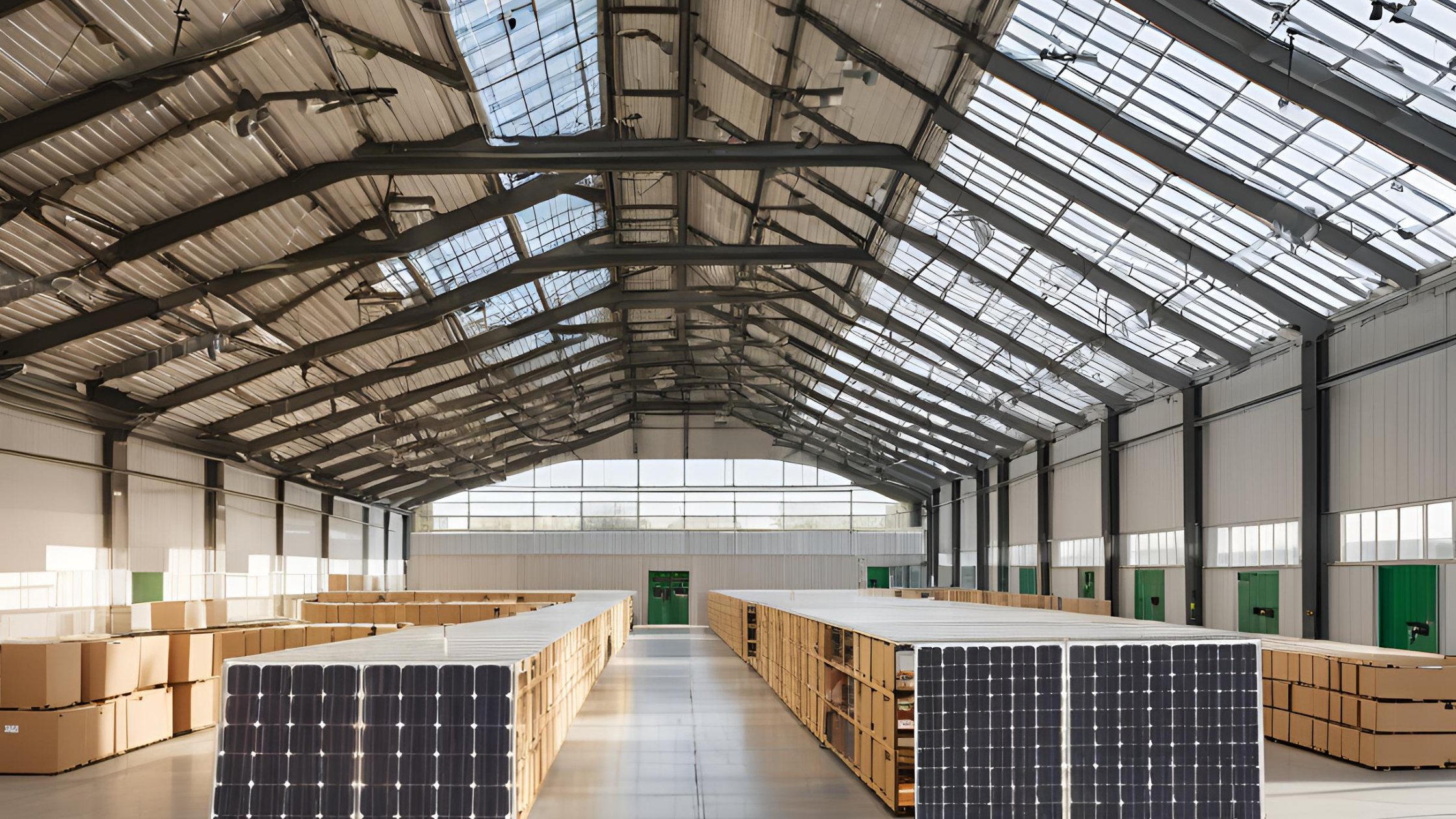Green Warehousing: Sustainable Practices for 2024 and Beyond
Blogs
Green Warehousing: Sustainable Practices for 2024 and Beyond

The logistics industry is no longer just talking about sustainability, it’s a necessity. With businesses under growing pressure from consumers, regulators and environmental advocates to adopt eco-friendly practices, green warehousing has become a key part of modern supply chain strategy.
The rise in the Demand for Sustainability
The factors that are increasing the demand for sustainable warehousing are:
Consumer Awareness: Today, more and more consumers are deciding to buy from a company based on its environmental footprint. Sustainability is no longer an option, but a competitive differentiator.
Regulatory Requirements: Governments around the world are aiming for a zero carbon emission goal. This has led to setting carbon emission caps and renewable energy mandates.
Cost Pressures: The energy costs are rising due to increase in prices of oil, coal etc. This is why opting for energy efficient operations is more financially attractive.
Corporate Responsibility: Sustainability is becoming a part of the broader Environmental, Social, and Governance (ESG) goals of companies.
By 2024 and onward, businesses will have to put sustainability at the heart of their operations if they are to remain competitive, meet regulation requirements and appease stakeholders.
Eco-Friendly Practices
Green warehousing practices may be good for the environment but also good for operations. Here are key sustainable strategies warehouses can implement:
1. Energy Efficiency
2. Waste Reduction
3. Water Conservation
Change out the old faucets and shower heads for low flow ones, and use rainwater for irrigation and other applications.
Adequate warehousing practices are sought to minimize the environmental impact while increasing efficiency at the same time.
Benefits to Business and Environment
The idea of sustainable warehousing is therefore good for business and the environment. Here’s how:
Benefits to Business
Benefits to the Environment
It is not just a business strategy; it is the only way we can ensure that future generations will have a planet to live on.
Future of Green Warehousing
The future of green warehousing will be influenced by the following factors; technology, legal frameworks and consumer trends. Here are some trends to watch:
1. Automation and IoT
Self-regulated systems and IoT will manage energy consumption, measure resource usage, and control equipment conditions to require service.
2. Renewable Energy Integration
The warehouses will be more and more dependent on green energy production from wind and solar energy.
3. Net-Zero Warehouses
Organizations will try to eliminate emissions by implementing energy conservation and environmentally friendly energy sources, and purchasing carbon offsets.
4. Circular Supply Chains
Warehouses will be very important in circular economies where the main objectives will be to recycle, reuse and remanufacture products in order to reduce wastage.
5. Green Certifications
New warehouses will have green building certifications including LEED as the standard.
Sustainability is a growing concept and green warehousing will move from being a strategic advantage to being a common business practice.
How Kusshal Logistics Services can be of assistance?
Adopting green warehousing is a challenge but companies like Kusshal Loggistics are in a position to assist companies to change from conventional warehousing to green warehousing. Kusshal Loggistics has made it its business to ensure that it adopts green practices in its warehousing and supply chain management services.
How Kusshal Loggistics Supports Green Warehousing:
Although this blog is not specific to sustainable packaging, working with a provider like Kusshal Loggistics means that your efforts are backed up by best in class knowledge and solutions.
Conclusion
Green warehousing is not a luxury in today’s environmentally sensitive world; it is a necessity. Sustainability has also been proved to help companies cut costs, improve customer engagement, and prepare for the future. This paper aims at exploring the various ways through which green practices can be adopted in warehouses to improve efficiency.
To assist businesses in need of professional advice, Kusshal Loggistics has developed solutions that focus on sustainability while also improving operations. For a green logistics solution provider like Kusshal Loggistics, your business can be assured of getting the right solutions to the challenges of sustainability in 2024 and the future.
